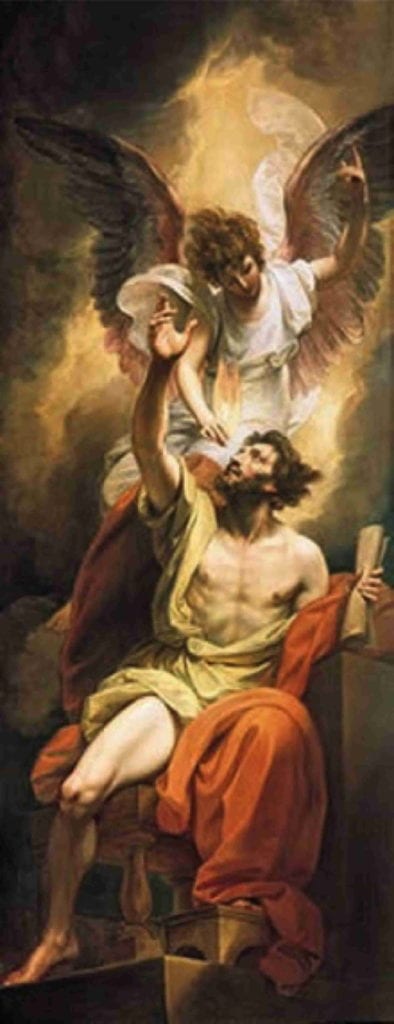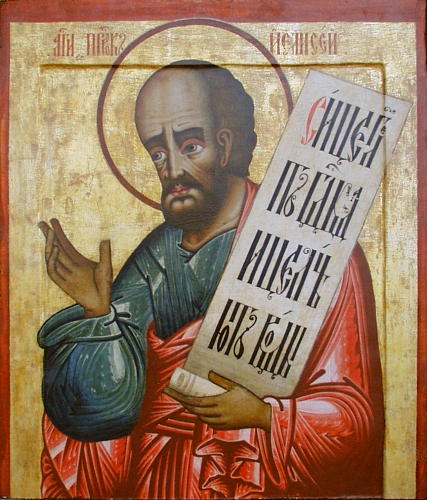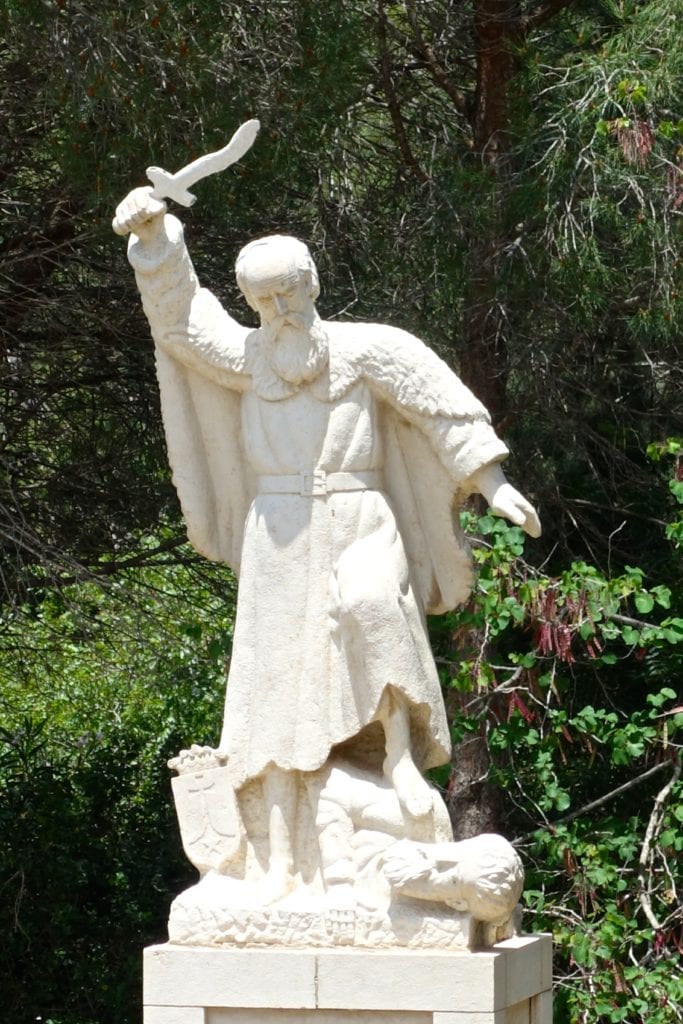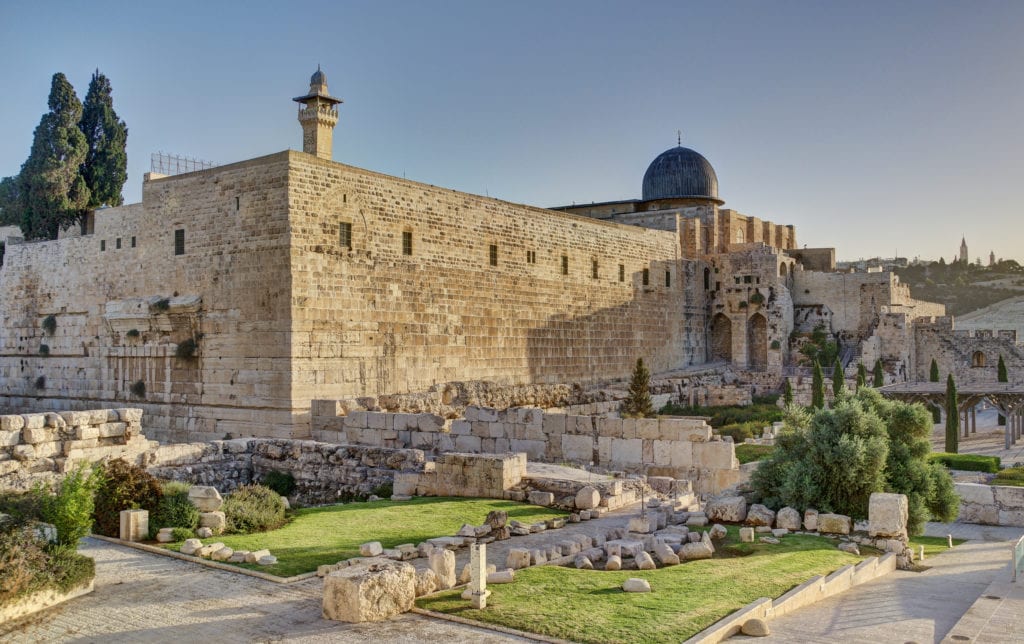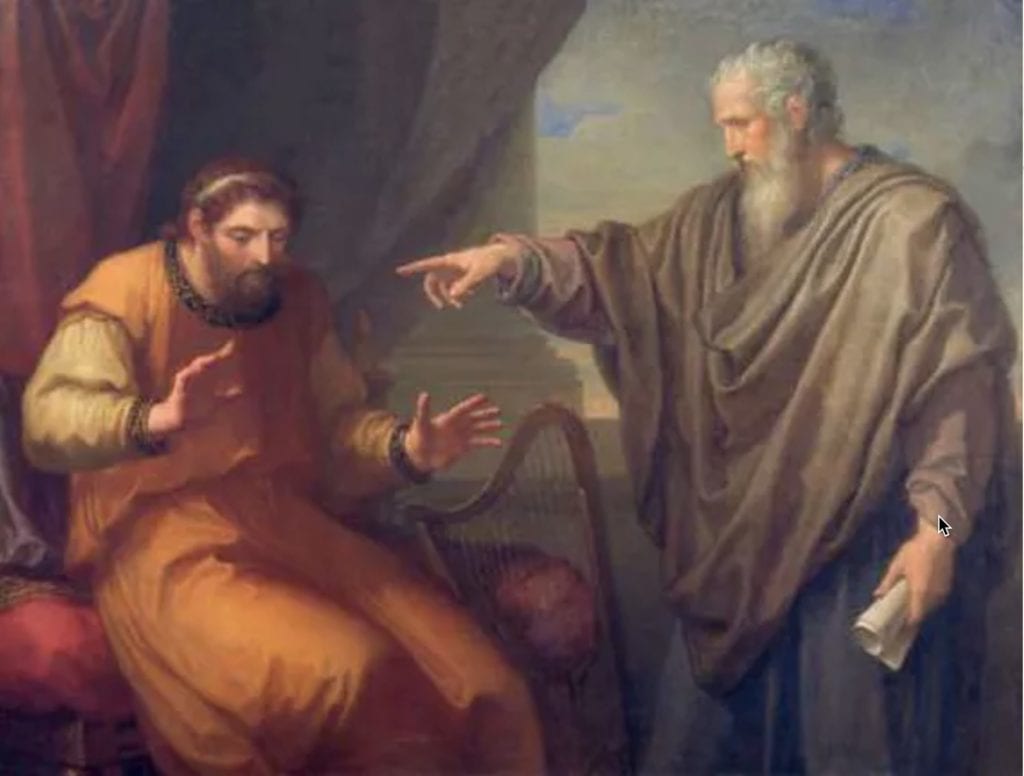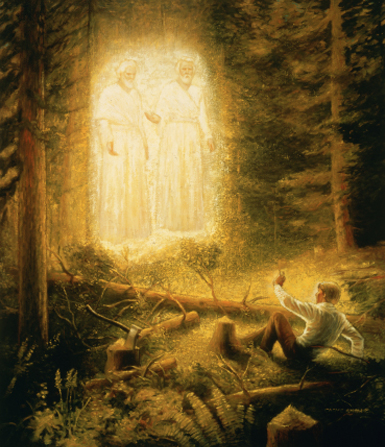 FairMormon has a service where questions can be submitted and they are answered by volunteers. If you have a question, you can submit it at http://www.fairmormon.org/contact. We will occasionally publish answers here for questions that are commonly asked, or are on topics that are receiving a lot of attention. The question and answer below have been edited to maintain confidentiality.
FairMormon has a service where questions can be submitted and they are answered by volunteers. If you have a question, you can submit it at http://www.fairmormon.org/contact. We will occasionally publish answers here for questions that are commonly asked, or are on topics that are receiving a lot of attention. The question and answer below have been edited to maintain confidentiality.
QUESTION:
I have heard that most historians that look into the life of Joseph Smith wind up leaving the Church. Is this true?
ANSWER FROM FAIRMORMON VOLUNTEER CRAIG L. FOSTER:
My comments are my own and do not reflect either the Church or Fairmormon. I read your email and felt strongly that I needed to respond given my background. While I am certainly not a Joseph Smith expert, I have done a significant amount of research on the Prophet. As I have written numerous articles and several books dealing with aspects of Church history, I consider myself an LDS historian. Therefore, I feel I am in a position to respond to the assertion that most historians who look into the life of Joseph Smith wind up leaving the Church.
I am aware of a few who studied Church history and did end up leaving. However, they were very few. In fact, for most historians I have known, it has strengthened their testimony – and I have known and been friends with almost all of the major Mormon historians from Leonard J. Arrington to Thomas G. Alexander, James B. Allen, Richard Lyman Bushman, etc. These men were/are staunch defenders of the prophetic mission of Joseph Smith.
Recently, a friend of mine named Don Bradley posted a Facebook post about Joseph Smith and the First Vision. He has given me permission to include his comments. He emphasizes that he had come to consider Joseph Smith a liar and a fraud. He had his name taken off of the membership of the Church but continued to do research. Because of his research on Joseph Smith, he returned to the Church, was rebaptized and is a strong, believing member. We spoke the other day and he again bore testimony to Joseph Smith’s prophetic mission. Here are his comments: [Read more…] about FairMormon Questions: Is it true that most historians that look into the life of Joseph Smith eventually leave the Church?
 Our volunteers have been very busy transcribing the presentations from the conference held in August. The following transcripts are now available:
Our volunteers have been very busy transcribing the presentations from the conference held in August. The following transcripts are now available: